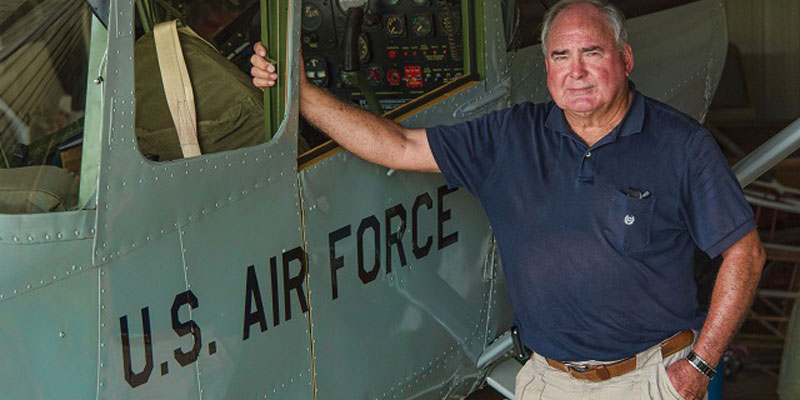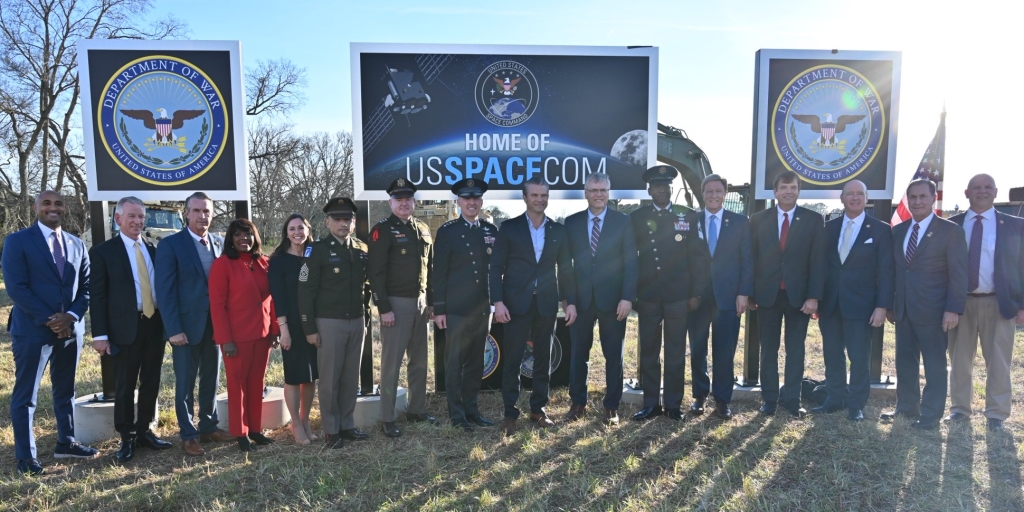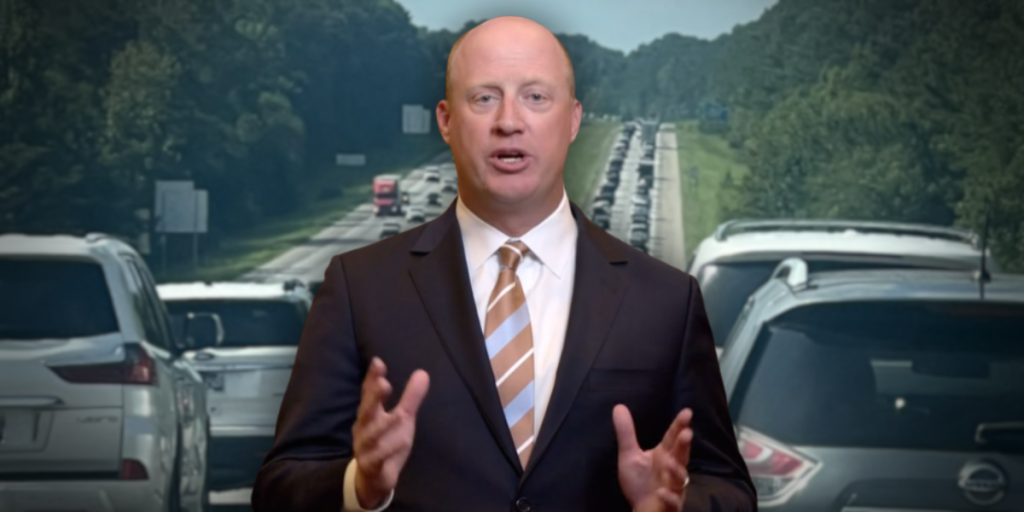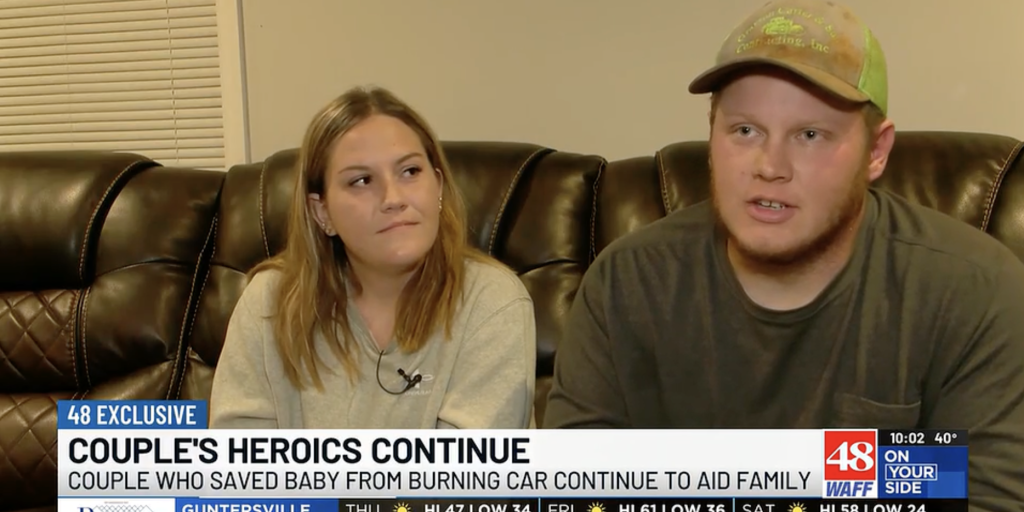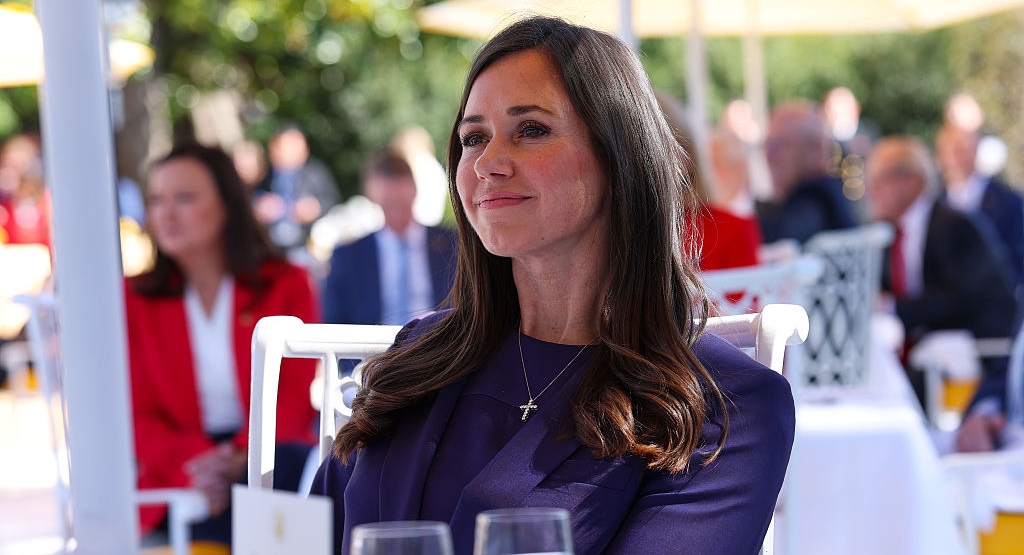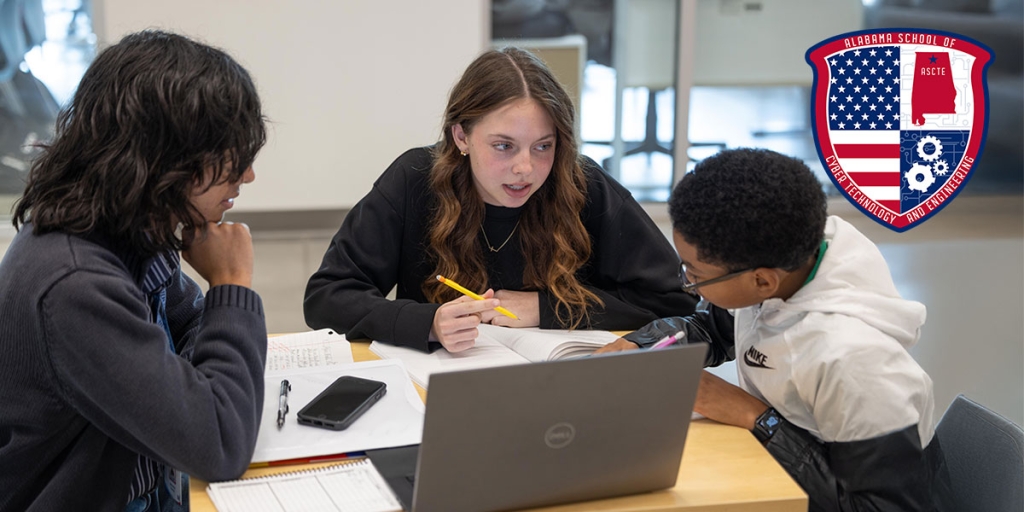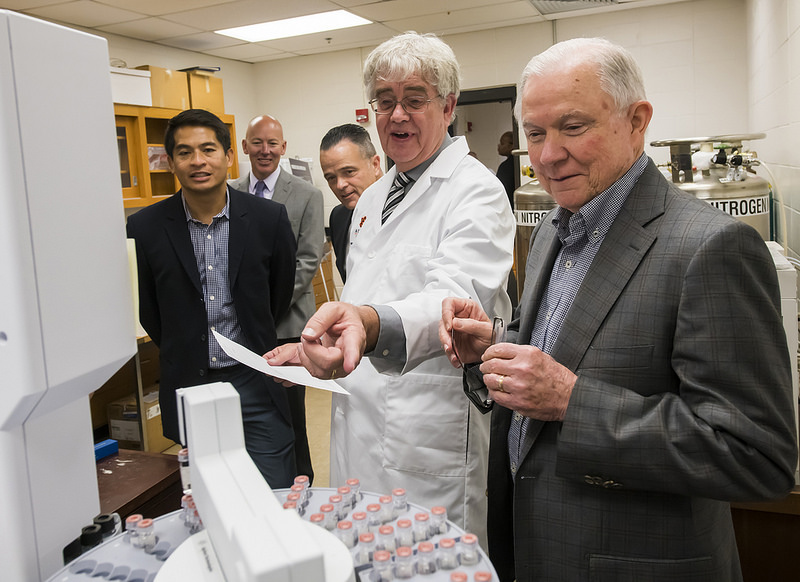Like many children growing up, Conrad Reed liked to tinker with model cars and airplanes.
But while most have given up the childhood hobby, at age 68, Reed has yet to quit. He just works on the real things now.
“I don’t fish, and I don’t play golf,” says Reed, a senior real estate specialist for Alabama Power Company at Weiss Lake in northeast Alabama. “This is my hobby.”
“This,” right now, means a red 2000 Corvette and a 1975 Gentleman Jack GMC pickup. But those are just the vehicles with four wheels. The real centerpieces in Reed’s backyard hangars are three airplanes, just the latest in a line of planes that Reed has bought, refurbished and flown.
It all started in earnest a little more than 40 years ago, when a 26-year-old Reed was working for a crop-dusting business at the Centre Municipal Airport.
“I didn’t fly at that time,” Reed says. “I was taking in the jobs, mixing the chemicals and stuff like that. But when I was working with the flying service, one of the gentlemen had a Cessna 150, which is a pretty good trainer, and he knew how bad I wanted to fly. He told me if I would buy the gas, I could fly his airplane. I did that, and I got my license.”
In 1978, Reed bought his first airplane, a 1946 Cessna 140, a single engine two-seater.
What followed was several decades of a high-flying hobby. While owning an auto parts store, retiring and then starting a second career with Alabama Power, Reed was buying and restoring vintage planes, often flying them at “fly-ins” – gatherings for airplane aficionados – in Alabama, Georgia and Florida.
All told, there have been eight of them, including several models used in World War II and the Korean and Vietnam wars.
A Stearman biplane, which Reed bought in 1983, was his first military airplane. It was used to train pilots in World War II.
“This was a PT-17, meaning primary trainer,” he says. “This was the first plane these guys got to fly. After World War II, crop-dusters started putting big engines on these biplanes. This one had the 450 horsepower Pratt & Whitney engine on it, which was more than twice the horsepower these airplanes originally came with.”
Reed bought the plane from an insurance company after a Mississippi pilot wrecked it on the runway. “It took me nine years to restore this plane,” he says. “It didn’t take that long to do the work; it just took me that long to do it without borrowing money to work on it. When I got it done, it was paid for.”
Early on, Reed bought a Cessna L-19 Birddog, a Korean War-era plane (Gen. Dwight D. Eisenhower was shuttled from site to site in one).
“It was a wreck when I got it,” Reed says. “It had wing damage, tail-surface damage and the fuselage had nearly been cut in two in an accident. I bought it as a project and worked on it for about a year to get it going.”
He kept the Stearman, though, and its power caught the eye of another Stearman owner at one of the fly-ins.
“With the big engine it was really impressive, and I showed out a little at the air show,” Reed recalls. That caught the attention of a man who also had a Stearman, but with the original engine and not the souped-up Pratt & Whitney.
“The Pratt & Whitney was burning about 25 gallons of fuel per hour, so it was really getting in my pocketbook pretty good,” Reed says. “His plane had the original stock engine on it, and it burned about 12-13 gallons an hour. It was the same plane, just a different engine, and he didn’t know how bad I wanted his. I really wanted that airplane, because it was such an original plane and a great one to maintain and keep. The guy I bought it from, all he saw was that big engine, and I came out real well. This was a 100 percent original.”
Reed kept that second Stearman until about a year ago, when he sold it and bought another Cessna L-19, which had been used as a forward air command plane in Korea and Vietnam. “I restored the original Air Force colors and markings,” he says.
So now, Reed has the second L-19, a Citabria he bought in 2011 and another project, a four-passenger Cessna 172. They are housed (along with the Corvette, a 1969 GTO and the 1975 GMC Gentleman Jim) in two hangars in his backyard, where he keeps a roomful of airplane and car parts, fabric and paint. It’s all next to the small landing strip Reed uses when he flies.
He and his wife, Ruth, have lived on 60 acres of land in Centre since 1989. They have three grown sons who didn’t totally inherit their dad’s love of airplanes but did help him with his restorations through the years.
“I’m very proud of him for what he does,” Ruth Reed says of her husband. “I used to fly with him a good bit, but I kind of lost interest. He just does his thing now.”
The landing strip is just outside the house, so when Reed flies, his wife knows. She says the Stearman with the big engine used to rattle the dishes in their cabinets.
“I sure can’t sneak off,” he says with a laugh.
How often does he fly?
“Not near enough,” Reed says. “Maybe two or three times a month. I mow my runway more than I fly.”
When he does fly, they’re short flights, usually around nearby Weiss Lake or over the state line to visit fellow enthusiasts in Georgia. He’ll give rides to people from time to time, but insurance is too expensive to do that with any frequency.
Reed is a careful flier, so he hasn’t had any close calls while in the cockpit.
“I watch the weather closely, and I can see a thunderstorm and be back home before it ever catches me,” he says. “I don’t travel that far, so I don’t have problems.”
Reed uses just the basic instruments when he pilots a plane. “I’m more of a seat-of-the-pants-type flier than an electronics flier,” he says. “Some of these planes, you can get up and press a button and take a nap. I’m not one of those pilots. I like to see where I’m going. If my engine quits, which it won’t, I like to know where I can land nearby.”
Reed continues to go to car shows, air shows and fly-ins and enjoys the pilots he’s met, some through his membership in the Experimental Aircraft Association. “It’s a great community,” he says. “I’ll fly into their airstrips, and they’ll come visit me, too.”
The plan now is to sell his Citabria and Cessna 172, keeping the L-19 to continue flying.
The pilot is quick to say he hasn’t gotten rich off his airplanes – parts are expensive, and it can take years to restore one.
“I don’t do it for the money,” Reed says. “When you spend that much time on something, you don’t make any money if you value your time at all.”
This story originally appeared in Shorelines magazine.
(Courtesy of Alabama NewsCenter)




